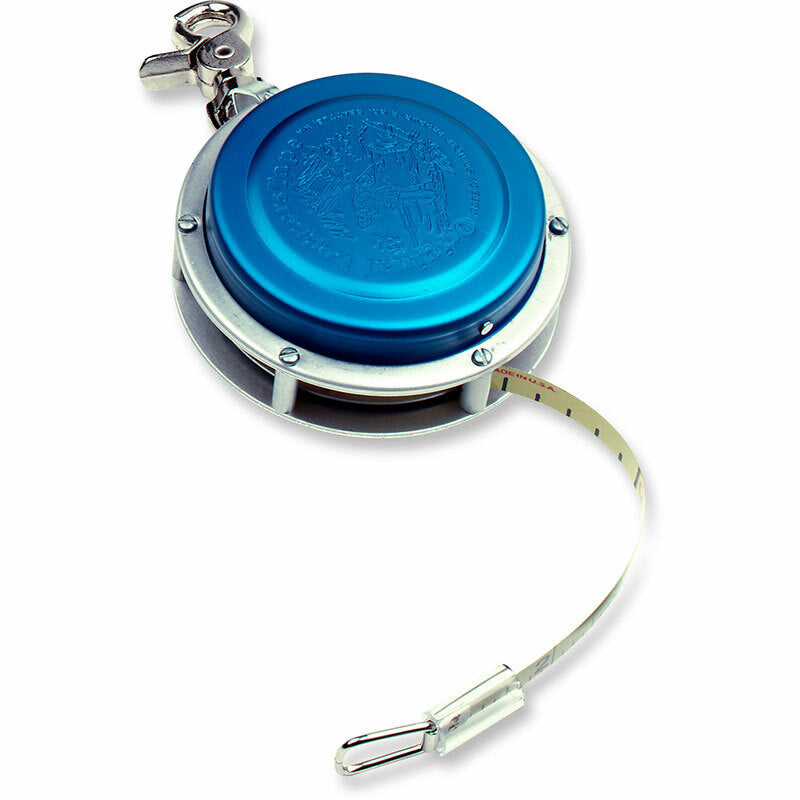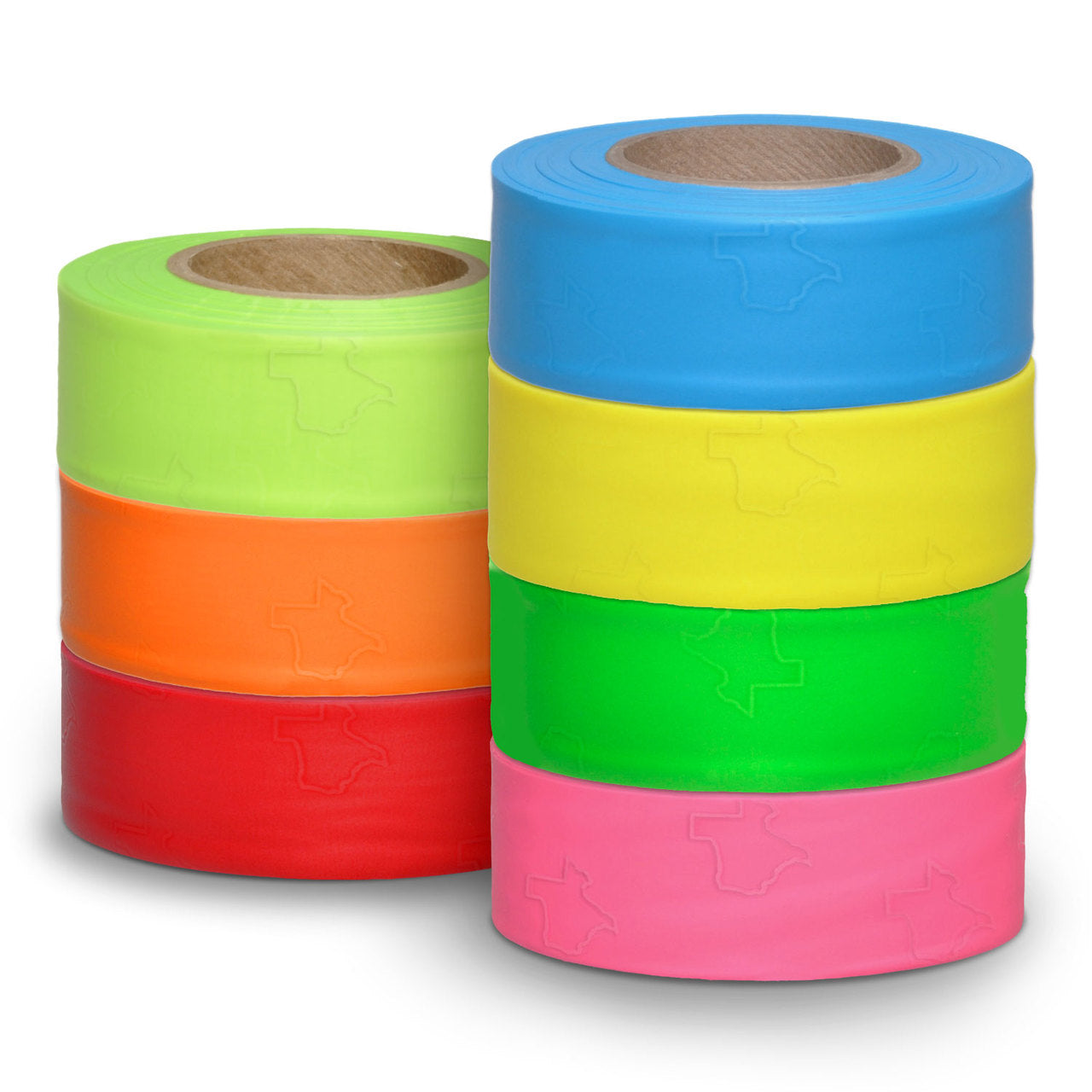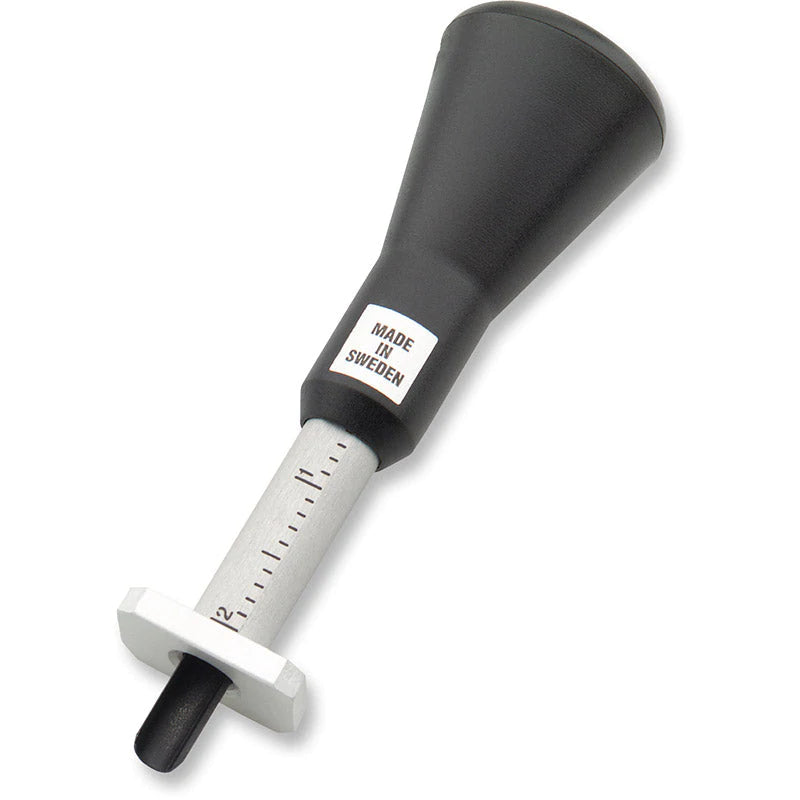Road signs play a crucial role in ensuring the safety and orderliness of our roads. The choice between plastic and metal road signs has long been a debated topic among transportation authorities and urban planners. In this blog post, we will delve into the advantages and disadvantages of both materials, highlighting key differences to help you understand which type of road sign might be better suited for different contexts.
Plastic Road signs have gained popularity due to their lightweight nature and durability. These signs are typically made from high-density polyethylene (HDPE) or other sturdy plastics, making them resistant to corrosion, rust, and environmental elements. They are especially ideal for coastal or humid areas where metal signs might deteriorate quickly. Additionally, plastic road signs are easy to install, reducing labor costs and time. Their vibrant colors and reflective properties enhance visibility both during the day and at night, contributing to safer driving conditions. Lastly, their affordability makes them an attractive option for budget-conscious municipalities.
On the other hand, metal road signs, often fabricated from aluminum or steel, offer their own set of advantages. These signs are renowned for their robustness and longevity, making them suitable for high-traffic areas and regions prone to extreme weather conditions. Their sturdiness minimizes the risk of vandalism, ensuring the signs remain legible for an extended period. Metal road signs are also highly recyclable, aligning with eco-friendly initiatives. Moreover, their rigid structure prevents warping over time, maintaining their intended shape and visibility. Finally, metal signs can be used on a broader range of road types, from urban streets to highways.
When deciding between plastic and metal road signs, several factors need to be taken into account. Environmental conditions, traffic volume, and the budget allocated for road sign maintenance all play pivotal roles. In coastal or humid regions, plastic signs might outlast their metal counterparts due to their resistance to corrosion. However, for areas with heavy traffic loads and harsh weather conditions, metal signs' durability could prove more advantageous in the long run.
In the plastic vs. metal road sign debate, there is no one-size-fits-all answer. Each material offers unique benefits that can cater to specific requirements. Plastic signs are lightweight, affordable, and suitable for moderate weather conditions, while metal signs are robust, recyclable, and excel in challenging environments. To make the right choice, assess your region's weather patterns, traffic volume, and budget constraints. Ultimately, whether you opt for plastic or metal road signs, the key is to prioritize road safety and maintain clear and visible signage for the benefit of all road users.

























